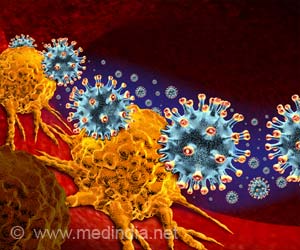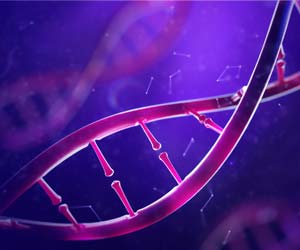Taking a step ahead of traditional screening tests for potential anti-cancer drugs, scientists at Dana-Farber Cancer Institute have developed a laboratory echnique
Revolutionizing traditional screening tests for potential anti-cancer drugs, Dana-Farber Cancer Institute's best brains are working on a laboratory technique that reflects real-world conditions in which tumour cells mingle with the body's normal cells better than before.
As the neighbouring cells - key components of what is known as the "tumour microenvironment" - can alter the effectiveness of anti-cancer drugs, the new technique may help researchers narrow the field of possible therapies more quickly and identify the most promising candidates more readily.The technique can be used to study a wide variety of cancer cells that infiltrate an equally wide range of normal tissues, said the authors.
"Despite their often impressive results in the laboratory, for every 100 potential anti-cancer therapies administered in patients in clinical trials, only about eight prove safe and effective enough to receive Food and Drug Administration approval. This success rate is clearly not as high as we would like it to be, and one reason may be that so far we haven't had a good way to account, at the earliest stages of laboratory testing, for the impact of the tumor microenvironment on these drugs," Nature quoted the study's senior author, Constantine Mitsiades, as saying.
In the new technique, tumour and normal cells are "co-cultured" - that is, grown together - and exposed to hundreds or thousands of compounds in large-scale screening tests.
In the technique, dubbed "cell-specific in vitro bioluminescence imaging," or CS-BLI, the cancer cells in each sample are equipped with a gene that makes them glow - a process unaffected by the normal cells nearby.
By measuring the amount of light emitted by each sample after treatment, investigators can determine which compounds are most proficient at killing tumour cells, and whether this effectiveness changes when normal cells are around the tumour.
Advertisement
Using CS-BLI, the researchers have identified numerous compounds that acted powerfully against isolated samples of tumour cells but were significantly less effective against the same types of tumour cells co-cultured with non-malignant cells.
Advertisement
The researchers said that CS-BLI is not a technique for predicting which anti-cancer agents will be effective in individual patients, but can help researchers identify which agents are the best prospects for additional investigation.
"It will be of use in prioritizing candidate drugs for further rigorous study of their properties before embarking on clinical trials. This technique may show that the classical methods of studying candidate cancer drugs in laboratory conditions have overestimated the effectiveness of some agents, and underestimated others," he said.
"The technique also provides a powerful tool for determining which biological mechanisms allow cancers to become resistant to certain treatments and which new therapies can neutralize those mechanisms. Hopefully, combining such new therapies with other, established or investigational, treatments may contribute to improved success rates of clinical trials," he added.
The study has been published in the journal Nature Medicine.
Source-ANI









